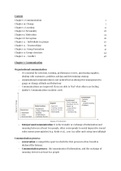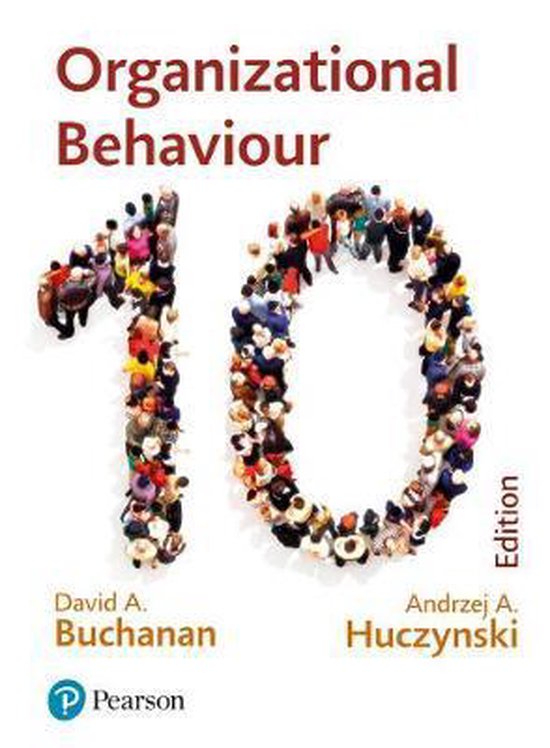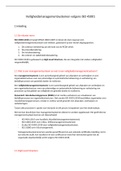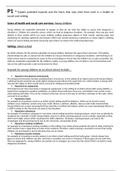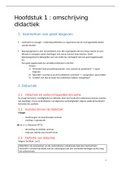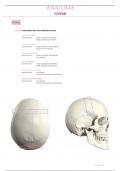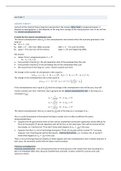Samenvatting
Summary Internal Communication Radboud University IBC
- Vak
- Instelling
- Boek
A clear summary of the course Internal Communication taught in the second year of IBC at Radboud University. The summary contains all the book chapters discussed including additional information discussed in the lectures by Lieke Verheijen. Grade: 8.0
[Meer zien]
